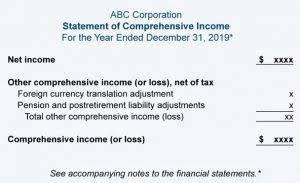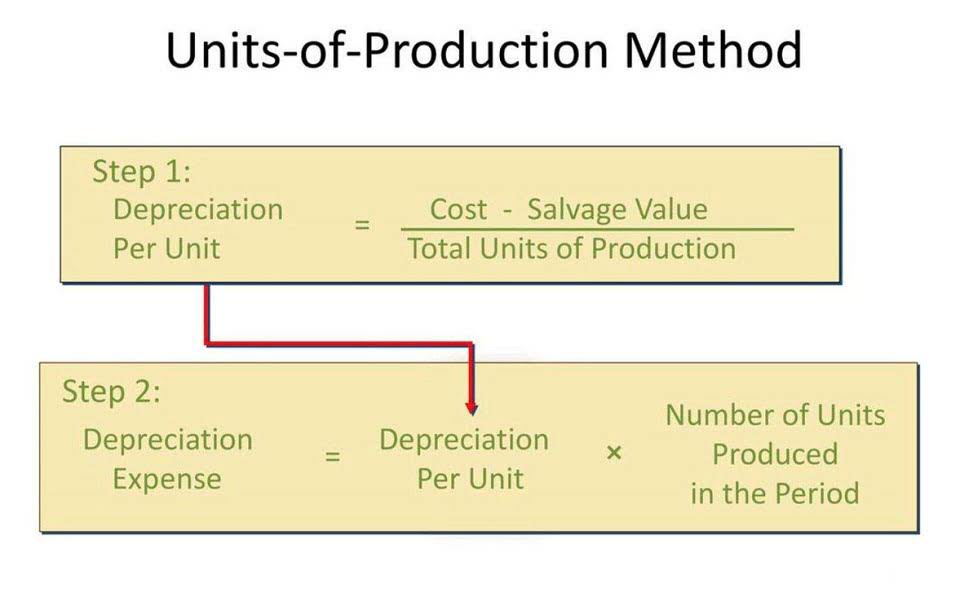
It’s essential for nonprofits to maintain detailed records of restricted funds to unrestricted net assets ensure they are used in accordance with the donor’s stipulations. By aligning QuickBooks settings with specific non-profit account management practices, organizations can keep their financial statements accurate, reflecting the true essence of unrestricted donations. First, subtract the amount of net assets that have been set aside for another purpose, such as a quasi-endowment or operating reserves, from the total unrestricted net assets. If the profit margin of the organization is 50%, donors may direct their contributions to other organizations to support because it may not appear that this organization would need or even use their contribution.

What are Unrestricted Net Assets in a Non-profit Organization?

Your finance staff should anticipate upcoming cash needs with leadership to determine how many months is ideal for your organization. Nonprofits typically use financial ratio analysis to help them measure their overall financial health when benchmarked against similar organizations as well as past financial performance. Two key ratios are Months of Cash and Months of Liquid Unrestricted Net Assets (LUNA). Having months of cash on hand is important, but having unrestricted cash available is essential because it allows an organization to meet its monthly obligations such as rent, payroll and utilities. The main benefit of having unrestricted net assets is that it gives the company the flexibility to respond to unexpected circumstances and opportunities. To calculate the unrestricted net assets for GoodHeart Charity, we first determine their total assets and then subtract any restricted assets.
Most Important Financial Statements
It’s mostly a difference in terminology in nonprofit accounting vs. for-profit accounting. But it’s not a term that balance sheet most non-accountants are familiar with, and there are a few differences in how it’s reported. From there, subtract the net assets with donor restrictions from your total to separate the two categories.
Financial Management Strategies
Financial ratios and benchmarks can be used to assess the financial health of your nonprofit. These ratios and benchmarks can help management make decisions regarding organizational strategy and budgeting and, ultimately, help your nonprofit manage its resources. This financial data can also help donors or grantors Suspense Account determine whether to support your nonprofit. Let’s consider a fictional example to illustrate the concept of unrestricted net assets in a nonprofit organization.

- Having a strong base of unrestricted net assets allows companies to take calculated risks and make strategic investments that can lead to substantial returns.
- Does it make sense that you have cash, short-term investments, prepaids and some operating receivables left over?
- The main benefit of having unrestricted net assets is that it gives the company the flexibility to respond to unexpected circumstances and opportunities.
- Demystifying QuickBooks entries ensures your software works in harmony with your financial strategies.
- Securing this reserve for use in emergencies or simply when your budget falls short is critical Online Accounting to your organization’s security and long-term survival.
This calculation is crucial for informed financial decision-making and strategic planning. Unrestricted funds support the overall mission of an organization and do not have a specific use required for spending. They allow the organization the freedom of discretionary spending, and they are essential financial resources contributing to the effective operation of a nonprofit organization. Nonprofit organizations in the U.S. produce a Statement of Financial Position which is equivalent to the balance sheet maintained by a business. Unrestricted net assets, temporarily restricted net assets, and permanently restricted net assets all are listed on this statement. Unrestricted net assets are the asset (current and/or fixed) donations made to not-for-profit organizations (NPOs).

Profit Margin Ratio
- Many people get confused when working at a non-profit, even if they have many years of accounting experience and they need to learn new concepts, new ways to analyze a financial situation and to be effective in this sector.
- Wholesale & Dealership – Warehouse automation solutions for wholesalers and dealerships, optimizing inventory management, order fulfillment, and operational efficiency to boost profitability and reduce errors.
- Net assets are a more accurate measure of your nonprofit’s financial position than total assets because they reflect your obligations and commitments to external parties as well as your organization’s wealth.
- Accounts payable means the organization owes money to vendors in the near future.
Classifications are based upon restrictions on the uses of the funds received from the donor providing the funds. Capital assets generally are reported at historical cost, less accumulated depreciation. Depreciation is a method of spreading the cost of constructing or acquiring a capital asset over the asset’s useful life.
Restricted Vs Unrestricted Net Assets
By addressing challenges proactively and adopting robust financial strategies, nonprofits can secure their financial future and continue to make a significant impact in their communities. Effective management of net assets is a cornerstone of nonprofit sustainability. It ensures that an organization can not only meet its current obligations but also secure its long-term future. This section discusses how strategic net asset management contributes to a nonprofit’s financial health and sustainability, as well as the challenges faced and potential solutions. The careful management of permanently restricted net assets is essential not only for compliance with legal and ethical standards but also for ensuring the financial and operational stability of the organization in the long run.






















